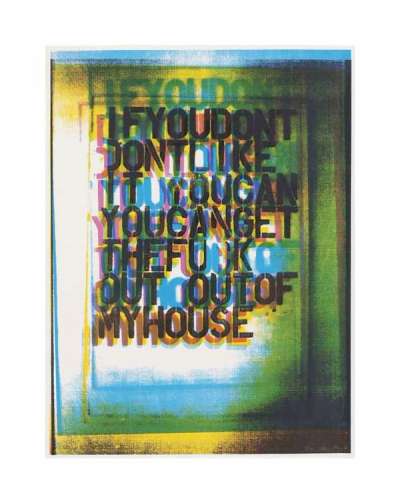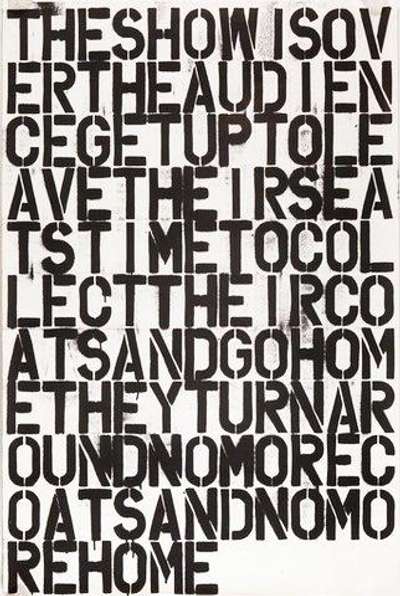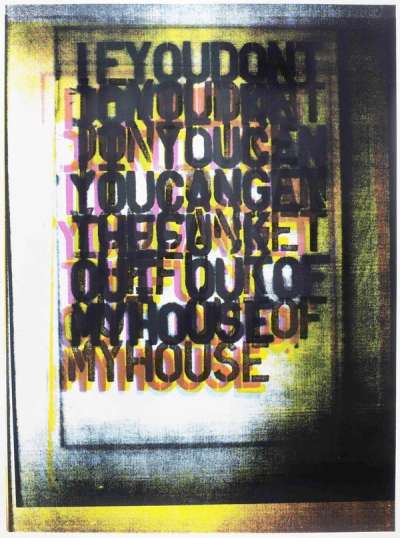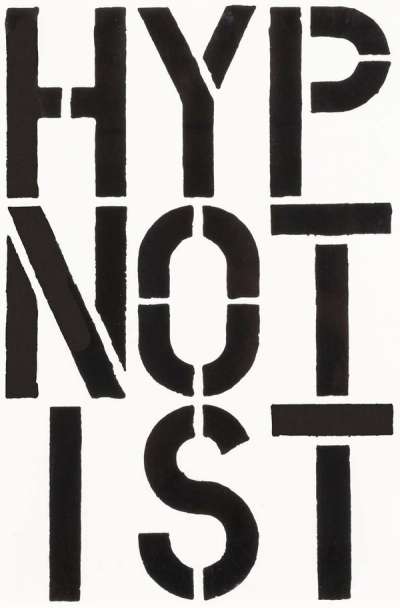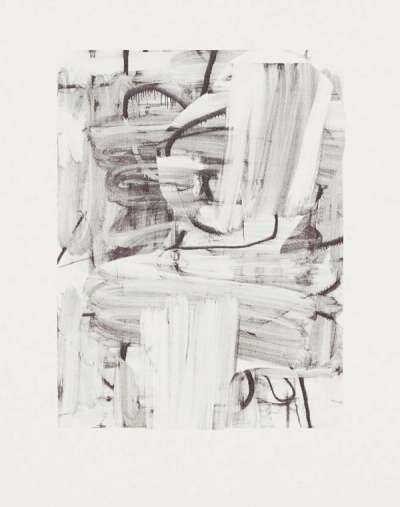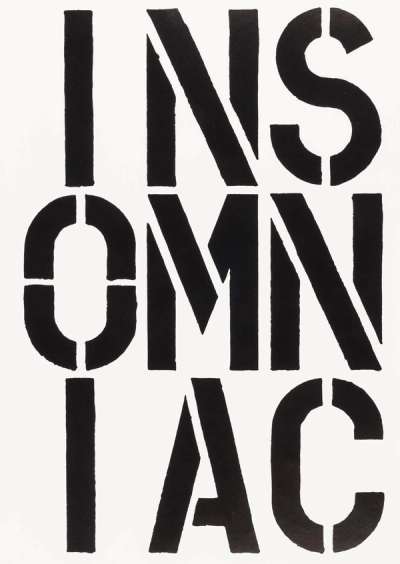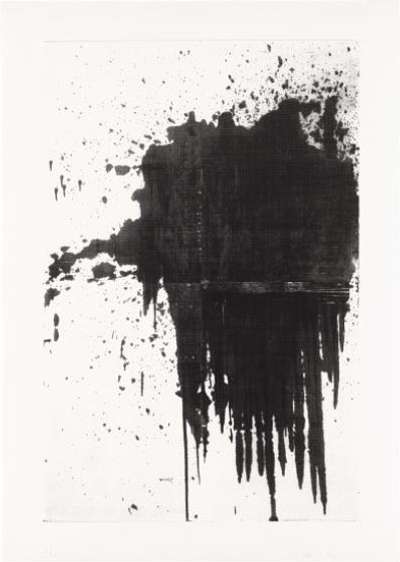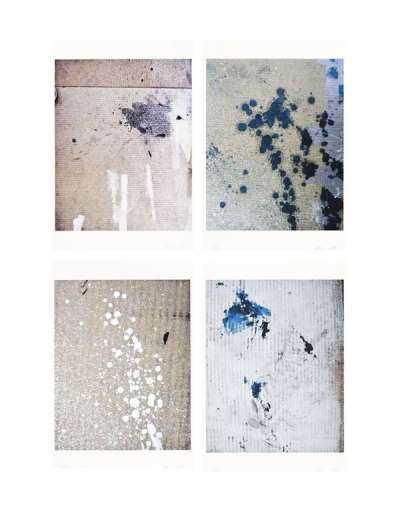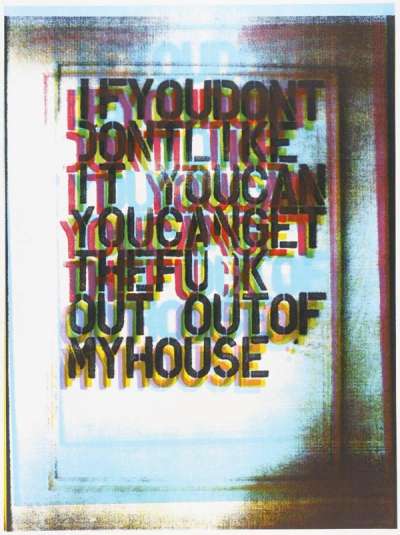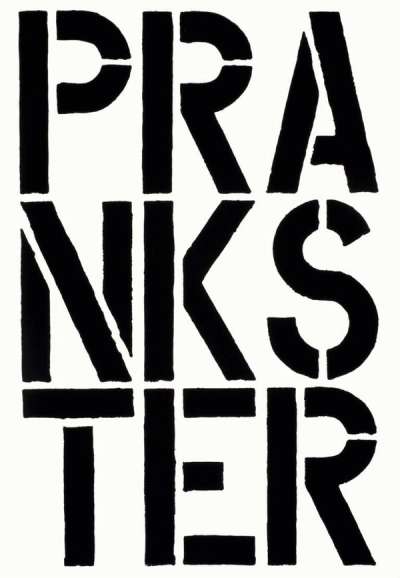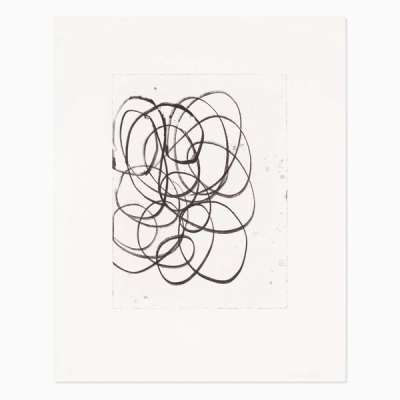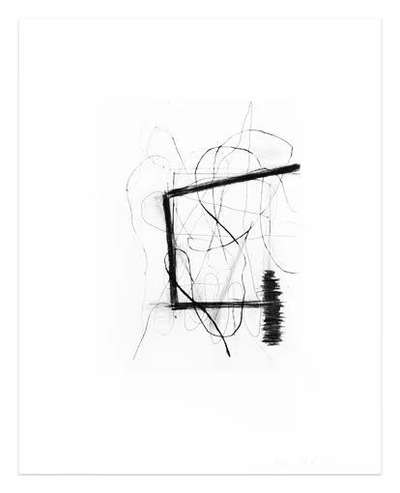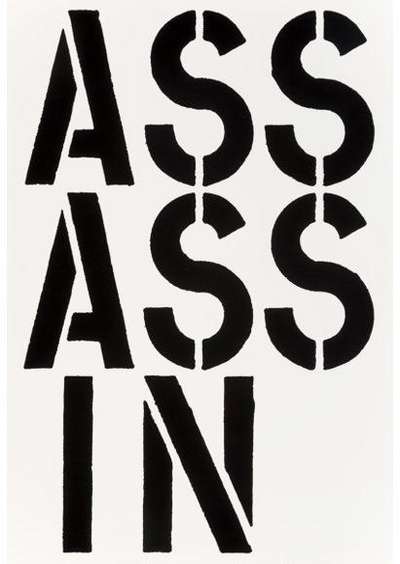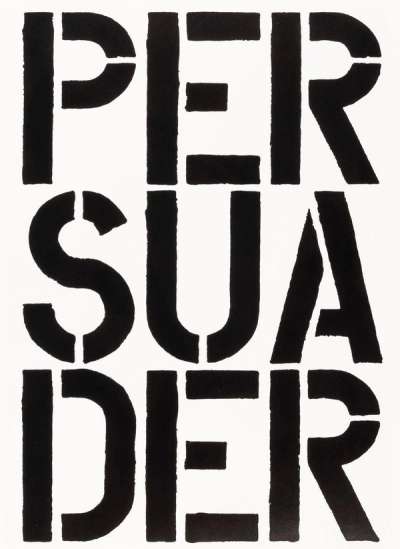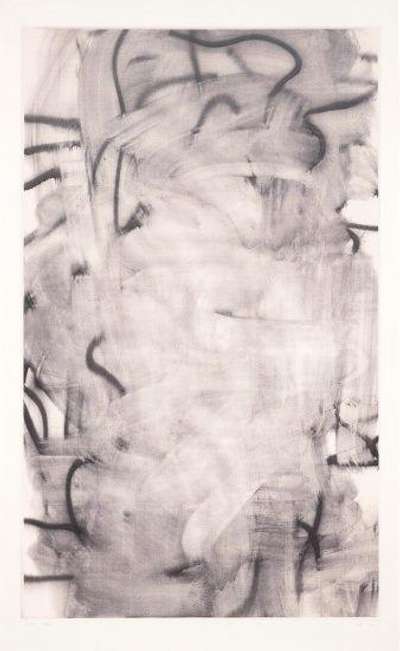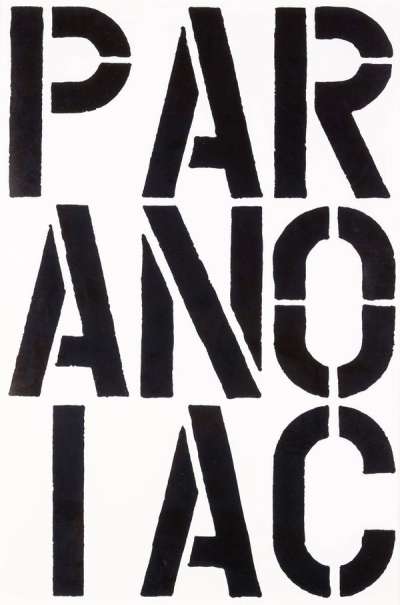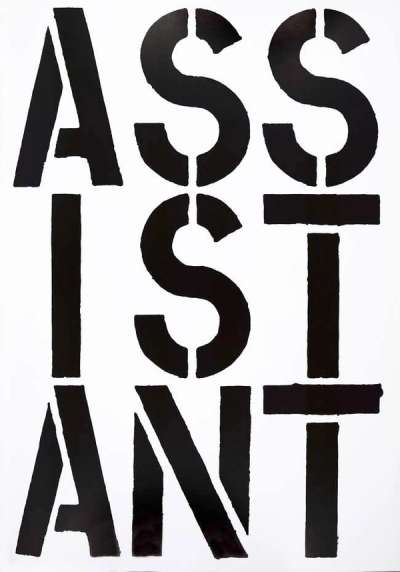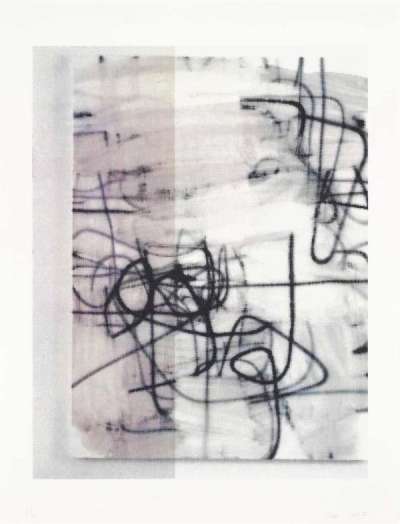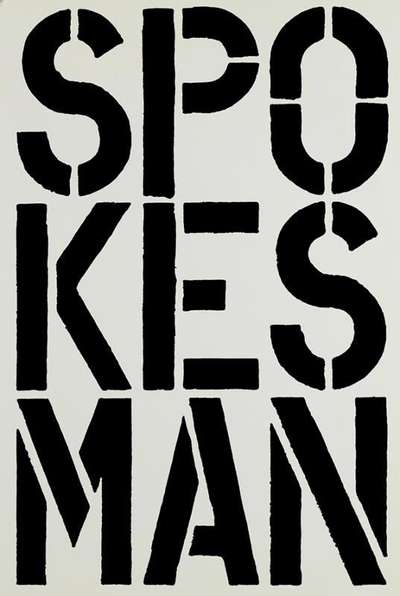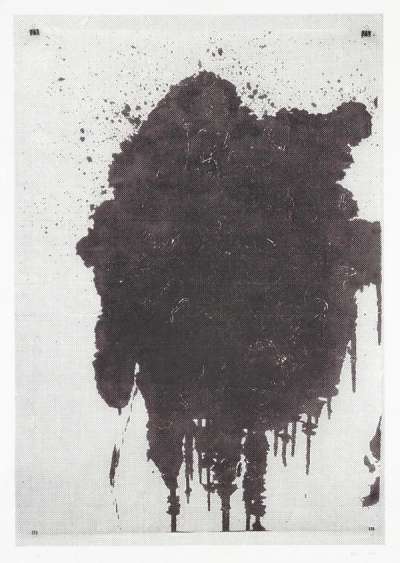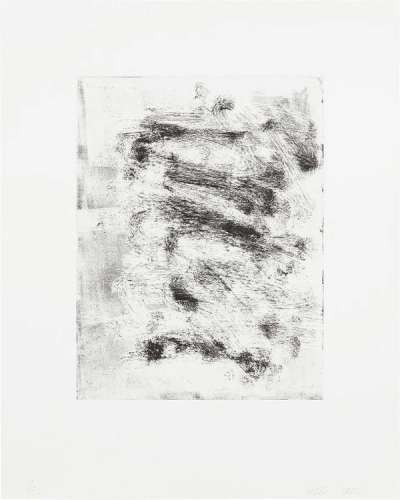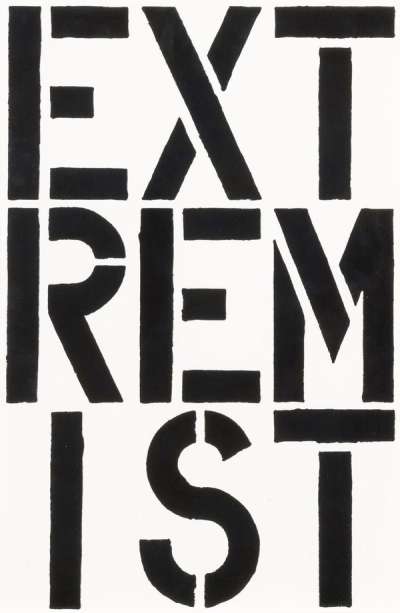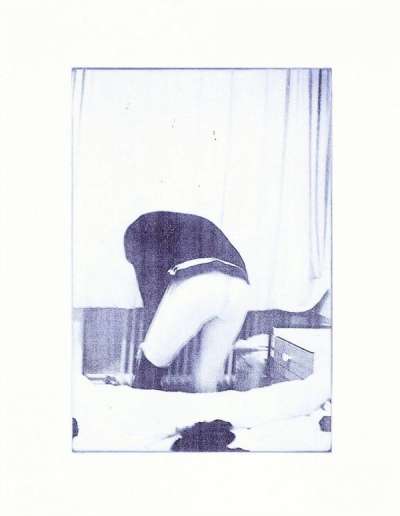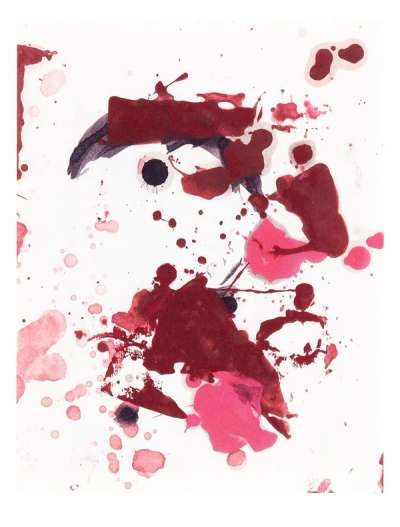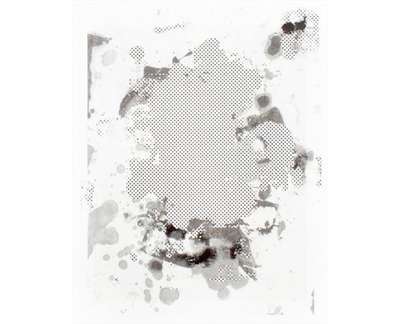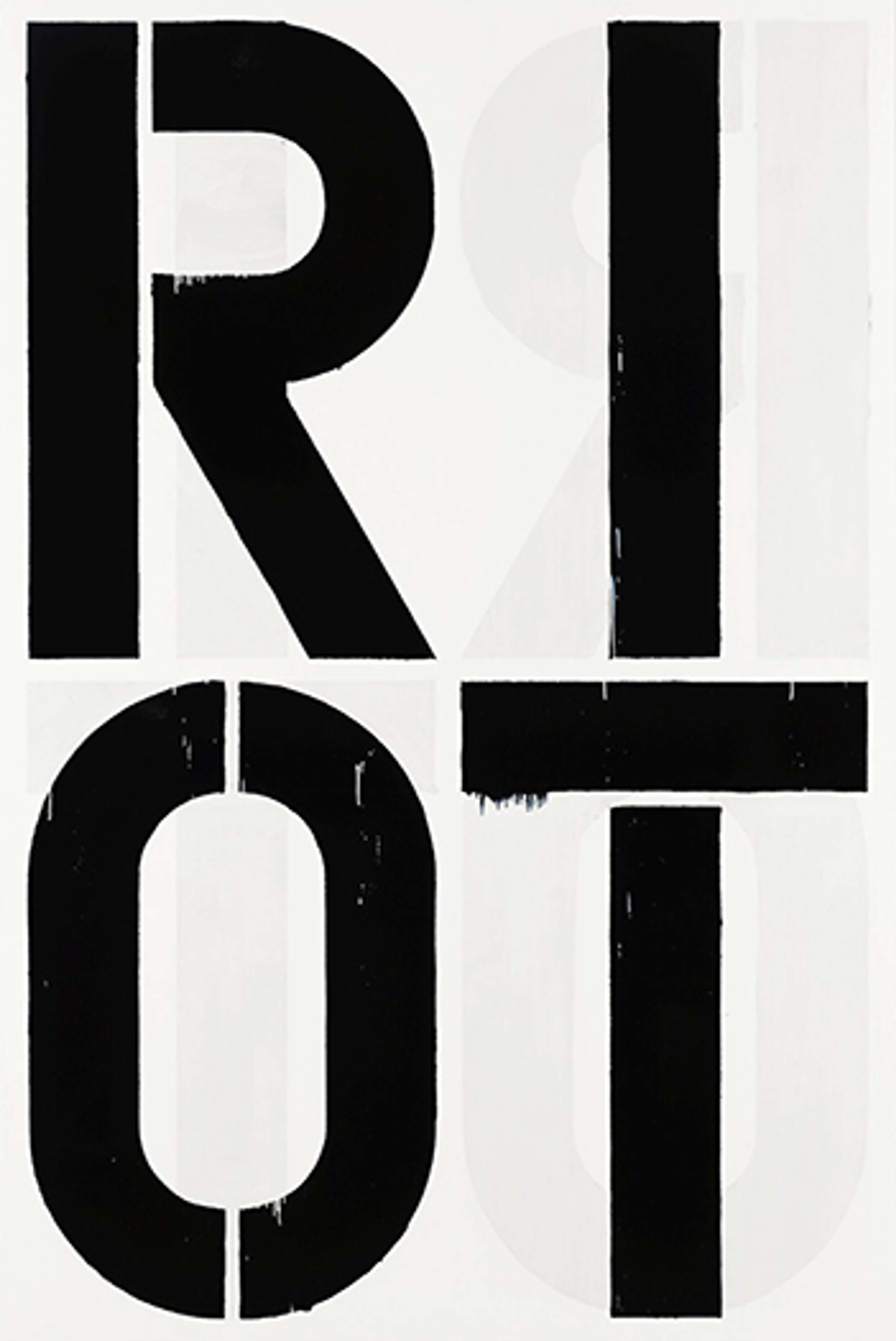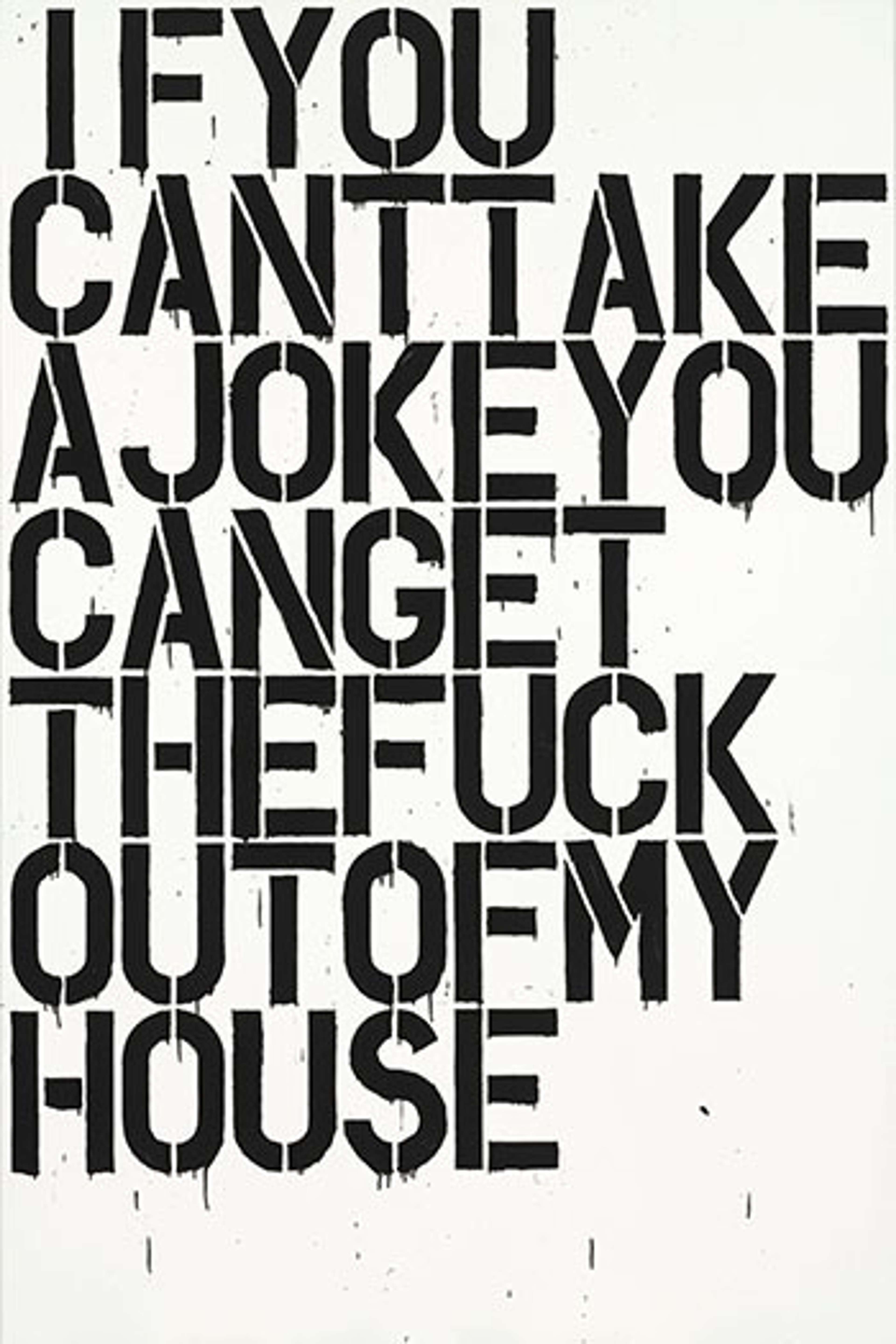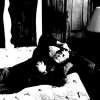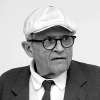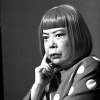Christopher
Wool
Boston-born artist Christopher Wool is famed for his use of large, stencilled text, exploring a post-conceptual overlap between text, pattern, and ‘high-art’. If you’re looking for original Christopher Wool prints and editions for sale or would like to sell, request a complimentary valuation and browse our network’s most in-demand works.
Christopher Wool art for sale
Discover Christopher Wool prints for sale, exclusively available through our private network of collectors. Explore signed and unsigned screenprints, lithographs, digital prints, and rare editioned proof prints by era-defining blue chip artists.
Sell Your Art
with Us
with Us
Join Our Network of Collectors. Buy, Sell and Track Demand
Biography
Christopher Wool’s art blurs the boundaries between the visual, text and the conceptual. Inspired by the vibrant and ground-breaking graffiti scene of 1980s New York, Wool began to experiment with text during the late 1980s and has since become well-known for both his typographic and abstract works.
Born in Chicago in 1955, Wool moved to New York City at the age of 17, attending Sarah Lawrence College in Bronxville. Dropping out before the year had ended, Wool went on to attend the New York Studio School of Drawing, Painting and Sculpture: an educational institution in Greenwich Village known for its fresh, anti-academic stance towards artistic education. There, Wool received instruction from Jack Tworkov and Harry Kramer – two leading Abstract Expressionist painters whose work was inspired by the deconstructive approaches of Cézanne and Matisse.
Wool’s popularity and success have been shaped by his now-iconic word paintings, which he began to create in the late 1980s. Inspired by the stark contrast between the white body panels of trucks and the bold, hard-edged graffiti with which they were often daubed during this period, these works arranged shortened words in a sequence that would have to be read out loud to make sense.
Part of this series, the 1988 painting Apocalypse Now is undoubtedly Wool’s most important work. Referencing Francis Ford Coppola’s eponymous film, and the contents of a letter sent home by an American soldier fighting in the Vietnam War, Wool’s work referenced the catastrophic events of the 1987 stock market crash, Black Monday.
Commenting on the piece, Chief Curator of New York’s New Museum Richard Flood once defined it as "the painting of the year ...a kind of late-eighties mantra."
Similarly, works such as Persuader (1989) and Extremist (1989) see Wool arrange singular yet hard-hitting words onto a single page. ‘Stencilled’ onto the print surface, these works are testament to the influence of Street Art and recall the processes of other artists, such as Banksy or STIK.
In a rare 2014 interview, Wool recalled that exhibiting at the Guggenheim and designing an album cover for American band Sonic Youth had always been at the top of the most meaningful things that could have happened to his career. In 2006, Wool produced the cover design for the band’s 2006 album, 'Rather Ripped'. In 2013, Wool was the subject of a major retrospective exhibition held at the Guggenheim Museum, New York, where he was compared to the likes of Warhol and Basquiat.
